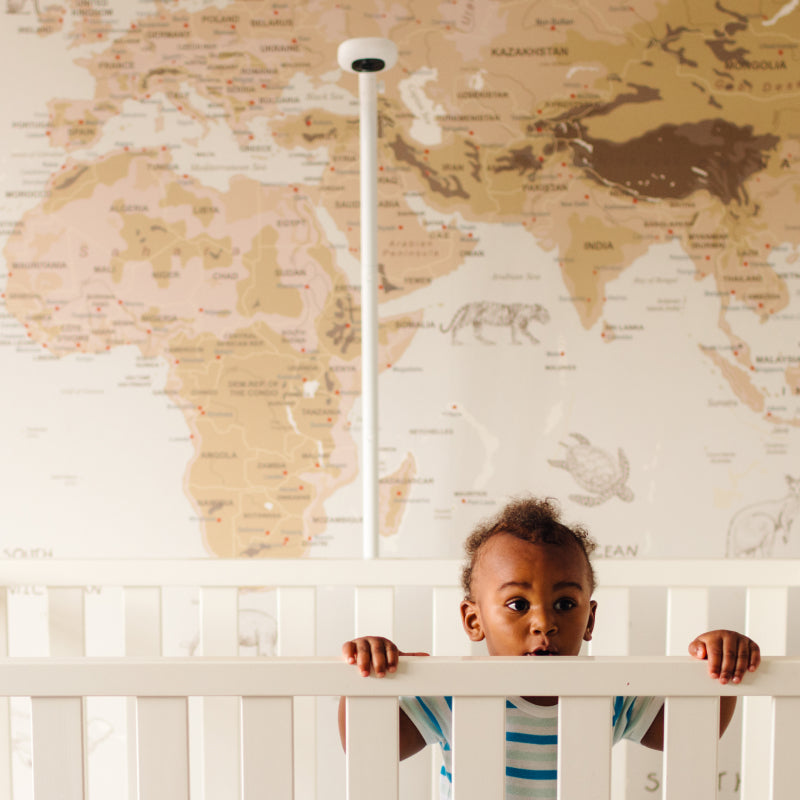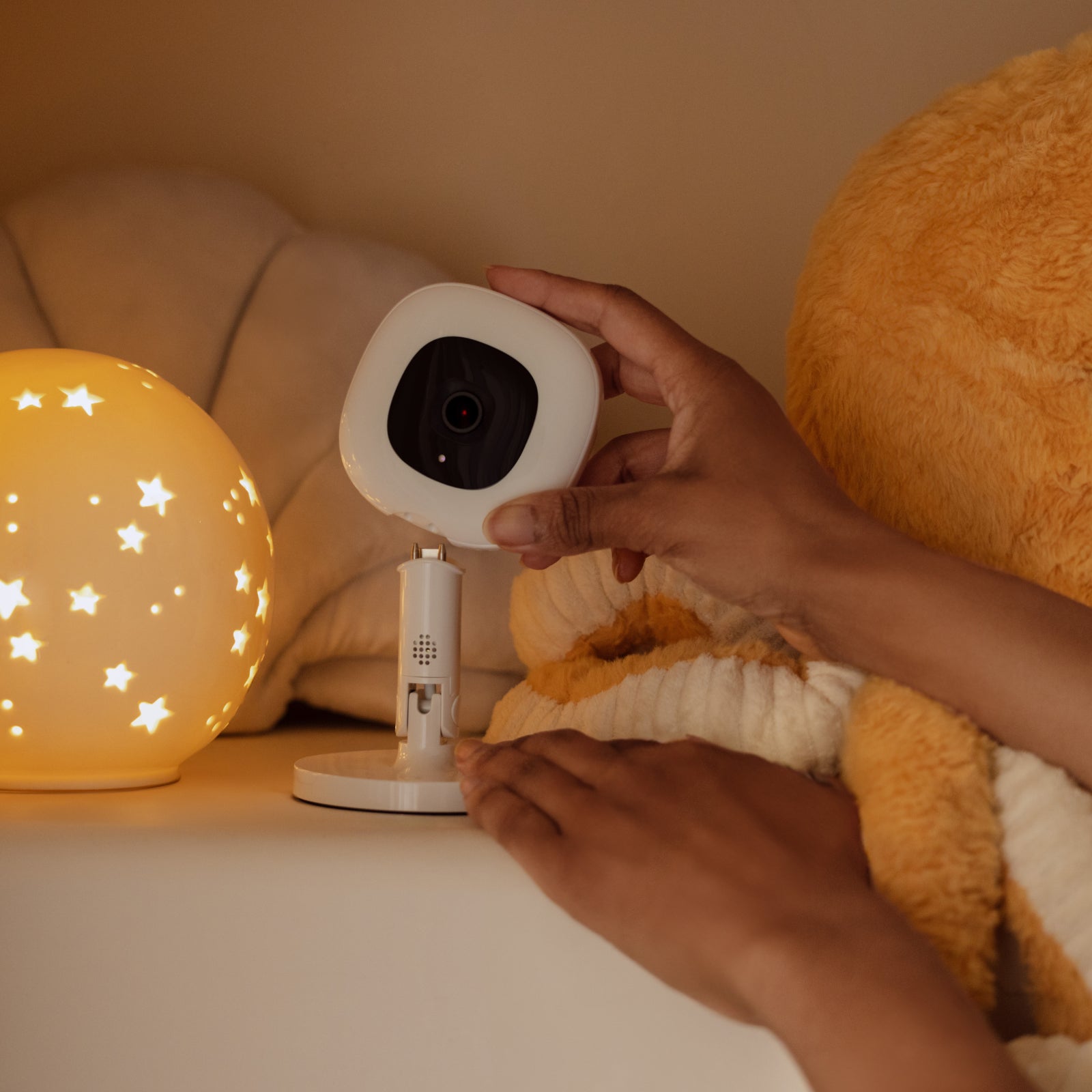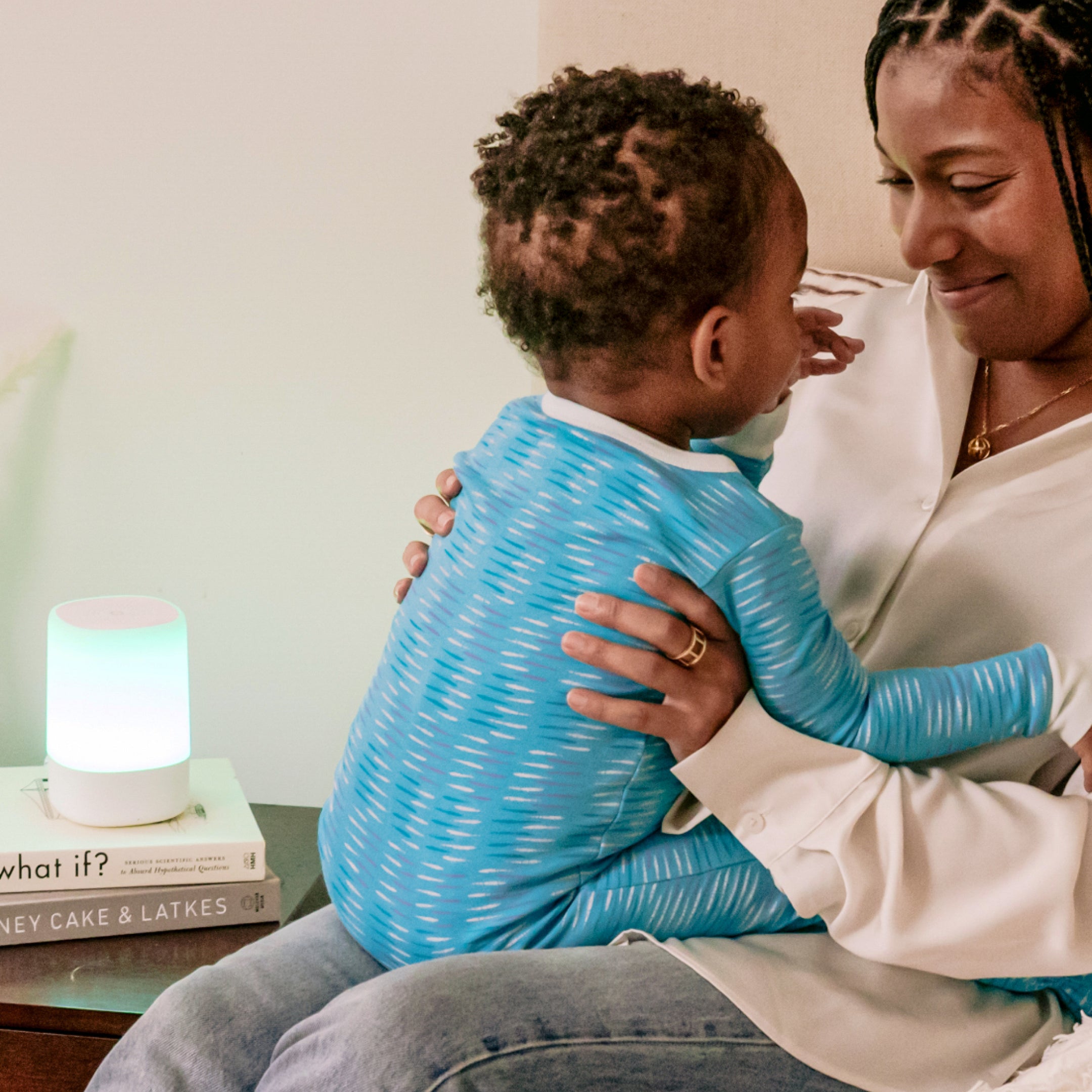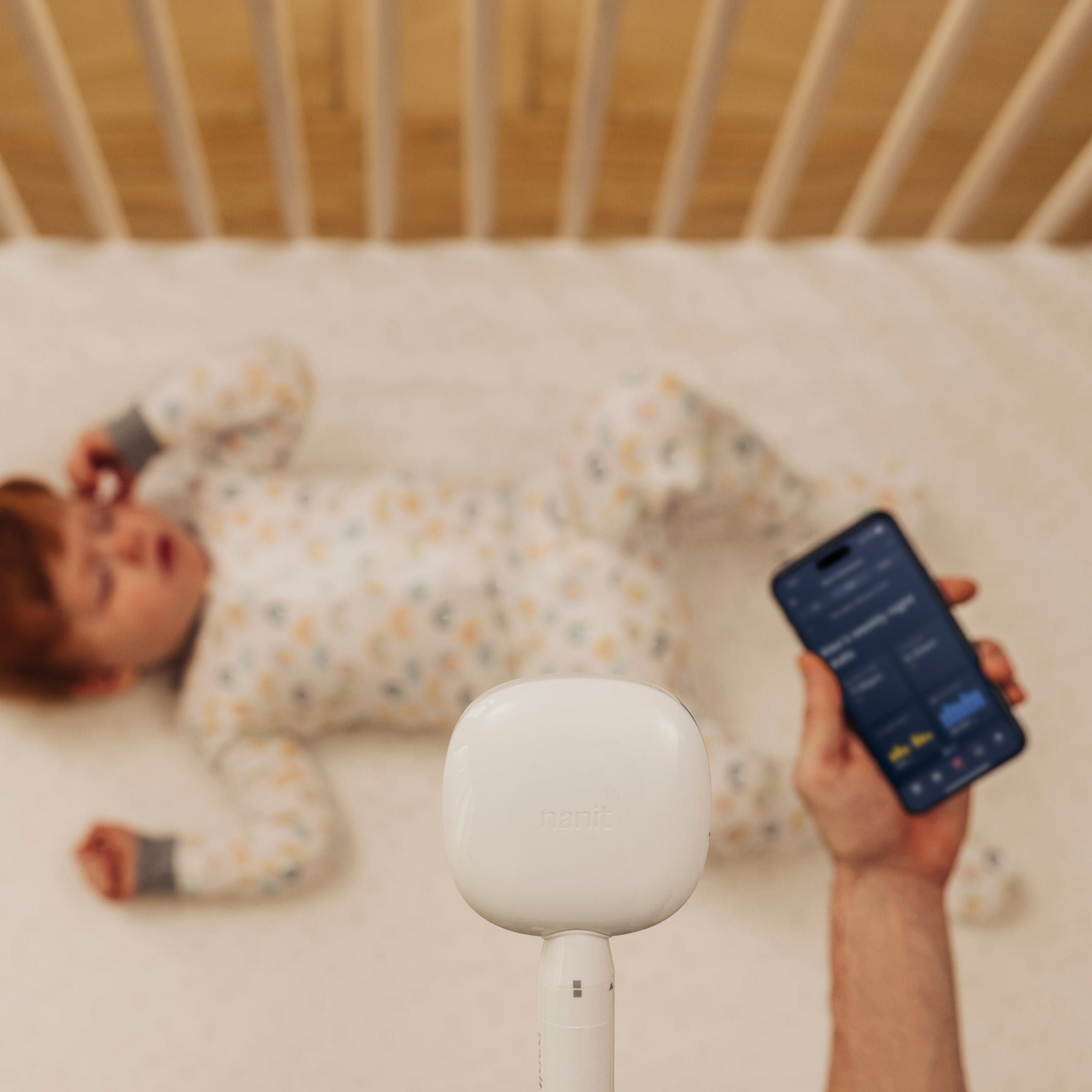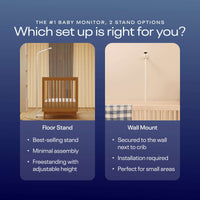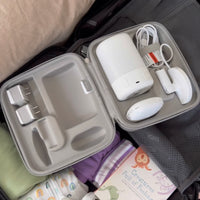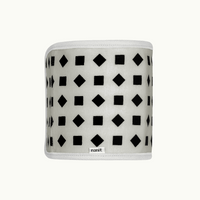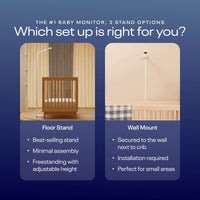If bedtime has turned into a marathon of requests—“One more hug! One more sip of water! One more story!”—you’re definitely not alone. Many toddlers go through a stage where sleep feels like the enemy, no matter how tired they really are.
Why it happens
Toddlers are bursting with new skills and independence, which can make winding down tricky. Some common reasons they fight sleep include:
-
Growing independence: Saying “no” is their way of exploring control.
-
Developmental leaps: Learning new words, running faster, climbing higher—their brains are buzzing.
-
Separation anxiety: It often resurfaces in toddlerhood, making bedtime feel like a big goodbye.
-
Overstimulation: Too much screen time or late-evening play can keep them wired past bedtime.
“Bedtime battles aren’t forever—they’re just another phase in your toddler’s growth.”
What can help
The good news? A few small shifts can make bedtime smoother for everyone:
-
Stick to a routine: Toddlers thrive on predictability. Bath, book, cuddle—repeating the same order each night tells their body it’s time for sleep.
-
Offer choices (within limits): Let them pick their pajamas or which book to read. It gives them control without pushing bedtime later.
-
Set the scene: Dim lights, soft sounds, and quiet play help signal the transition to rest.
-
Stay calm and consistent: Yes, it’s hard. But toddlers quickly learn what to expect when the rules don’t change from night to night.
A reassuring note
Sleep resistance is a normal phase of toddlerhood. They’re testing boundaries, learning independence, and working through big feelings—all signs of growth. With patience and consistency, the battles ease and bedtime becomes calmer again.



